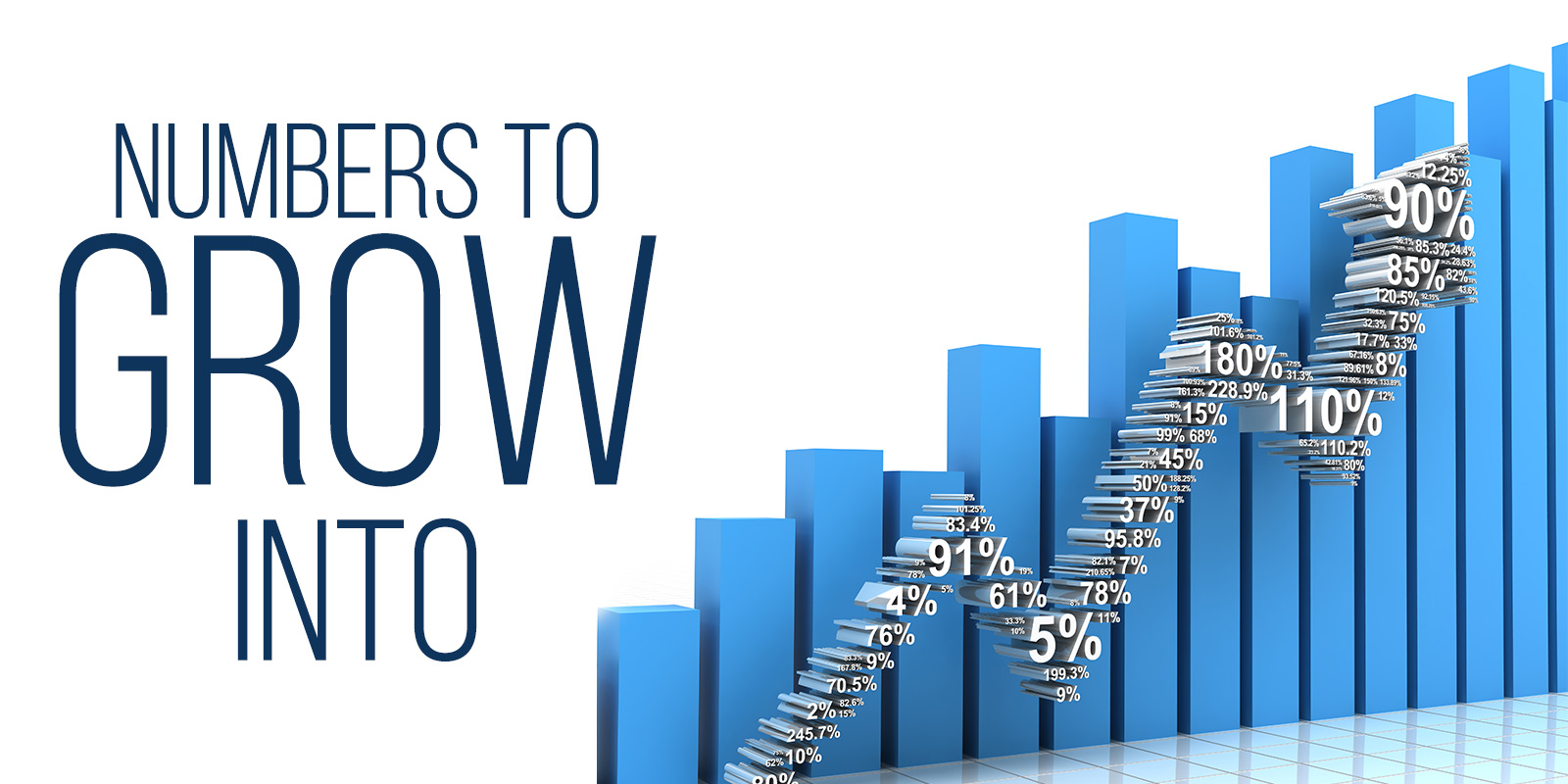Any moms or dads out there know something that a lot of business owners ought to: your baby is going to outgrow things faster than you anticipate. I raised four sons. I can’t tell you how many shoes were outgrown before they even got scuffed.
If you’ve been following my blogs to this point, you know I’ve been talking about numbers quite a bit. We’ve talked internal numbers, external numbers, benchmarks and budgets. But there’s another set of information that you can gather from all those figures, a kind of forecast for your business that—if you’re paying attention to the numbers—will help you predict the storms as well as the droughts.
We’ve all seen the checkouts at Wal-Mart. There are 50 registers stacked at the front of the store, yet when we’re shopping there, there’s only a few open. Why is that? The obvious answer is that having cashiers on every one of those lanes would be a waste of money. While that’s true, it isn’t the real reason.
A customer’s mind asks, “Why do you bother to have this many registers if you only open three?!”
A business owner’s mind asks, “What change in demand would warrant such a huge capital investment in this many checkouts?” That’s the mentality you need to have and keep throughout your life.
Leave room for your business to grow, and build out in ways so that when Christmas hits, all those lanes at Wal-Mart start making a lot of sense.
The following excerpt is from my new book, “Uncomplicate Business: All It Takes Is People, Time, and Money.”
Excerpt: Consider this: If you earned $15 per hour working twelve hours per day, seven days per week, 365 days per year for 2,000 years, you still would not earn $1 billion. There are only three ways to become a billionaire. The first is to inherit from a billionaire. The second is to marry a billionaire. The third is to borrow other people’s money (OPM) and buy or build something that pays back the billion dollars. This is called leverage.
Your accounting numbers also help you manage supply and demand.
The most successful restaurants are the ones that have mastered supply and demand. McDonald’s continually adjusts supply to increasing demand. When I opened up my dental office in 1987, Ahwatukee had one McDonald’s. Twenty-five years later, Ahwatukee has three McDonald’s.
Consider banks. When banks build their drive-through lanes, they know that in a 168-hour week, they may only need one lane for much of that time. But when payday comes on Friday, customers will flock to their ATMs. So they construct three drive-through lanes to match capacity to the flow of the demand.
Go into a Barnes & Noble bookstore, and often you might find only one employee checking people out. Yet because the company knows its demand comes in waves, there is the capacity for eight checkout registers. At times of high demand—say, when a movie lets out at the theater next door—all eight registers will be humming. The company has tracked the numbers and set up its stores to match capacity with the flow of customers.
In a nutshell, you don’t match your capacity and infrastructure to your total demand. That only works on an assembly line where a Ford truck is coming down the line and you only make so many trucks per hour. You match your capacity and infrastructure to the flow of your demand. Every millionaire businessperson I know has excess capacity and infrastructure to match the flow of demand. If you are a retail outlet in a mall, and you know you are going to sell 40 percent of your year’s merchandise over the Christmas holidays, you keep excess inventory in a warehouse ready to meet that demand. You don’t plan your inventory to sell X units per day, because you don’t sell X units per day.
Again, match your capacity and infrastructure to the flow of your demand—not to the total demand.
I explained this to my four boys when they were little using a model of a go-kart. I’d tell my boys, “The go-kart represents your business and the racetrack represents the flow of customers through your business. When customers start stacking up in front of your go-kart, you only have two options because you only have two pedals. You can (A) slow down (or brake) by raising your price; that way you’ll get the maximum amount of money from the people who want and value your product or service the most.
“Your other option is to (B) punch the gas pedal to create more capacity. A restaurant for example might add more tables to increase the number of customers it can serve at any one time.”











